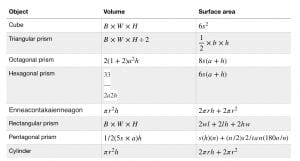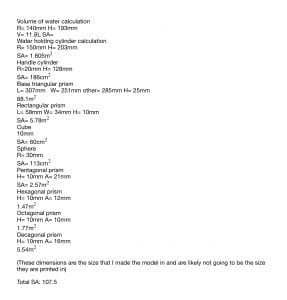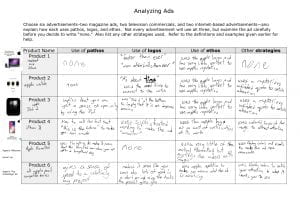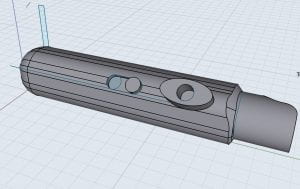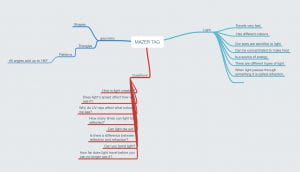Do you think that you could order the deaths of hundreds of thousands of people in the name of hundreds of thousands of others?
This is the decision that had to be made in the face of power that the Manhattan project contained.
The power to change the world, for better or worse. The Manhattan project caused the deaths of over 200,000 people in the few years after its completion, but prevented possibly even more.
But what does that mean for us in the present time? How did splitting the atom change the world? I will answer this question using our criteria for assessing historical significance.
The first criteria that we use to assess historical significance is “how important it was thought to be at the time” The amount of effort that the US government employed to hide their development of the bombs from the public eye, makes it very clear that even the initial effort, without considering the consequences and outcomes.
It is very clear that it was thought to be of utmost importance at the time. The bombing of Japan’s Hiroshima and Nagasaki were also thought to be important enough to cause the Imperial Japanese regime to surrender, thus leading to our modern age of peace.
The second criteria depends on how many people it affected. While not directly affecting that many people in the beginning, the manhattan project eventually affected at the very least, the people that did the research and the 100-200 thousand deaths from the atomic bombs.
This is quite the significant number of people, especially considering that those are just the deaths that the Manhattan project caused.
The lasting effects of the manhattan project extend much farther, affecting modern medicine, farming, and much more.
The developments funded by the us government for war, unintentionally catapulted our use of radioactive isotopes into the modern era. Thirdly, is how deeply it affected people.
This deep impact can be seen when you look at the families of the Hibakusha, those who were affected by the atomic bomb.
The bombs that were dropped on Japan as a direct consequence of the manhattan project not only killed over a hundred thousand people, but stopped possibly more than that many people from going to ware in the near future afterwards.
The developments to our modern industry have saved many lives, and affected the economy equally as much.
The fourth and fifth criteria reference the events ability to influence people and their beliefs for years afterwards. This criteria is interesting because they regard our lives today.
The manhattan project and its direct consequences have moulded our worlds modern power dynamic. This is because of the seriousness of modern nuclear weapons, and the damage and moral implications that using them would cause.
Today, many believe that using nuclear weapons without purpose is as close to evil as you can get. The sixth and final criteria we use to assess historical significance is whether or not it lead to other important events.
The manhattan project can be directly linked to the Cold War, and many other modern problems or situations regarding nuclear power or weapons.
Overall, the splitting of the atom has changed the world in many fields.
This change has affected most of the world’s people due to the developments in sciences, agriculture and more.
It’s deep, widespread, long lasting, and residual effects on the world and its people, have shown us that war is a strong developing force for humanity; even though war is a terrible thing in and of itself.
Thank you.
